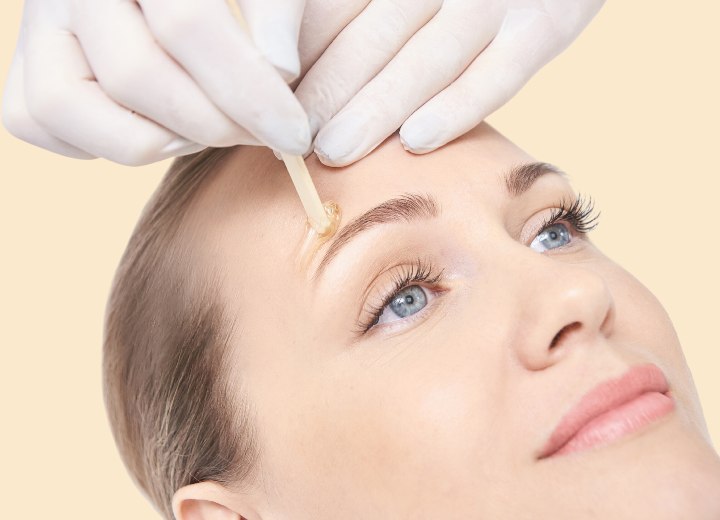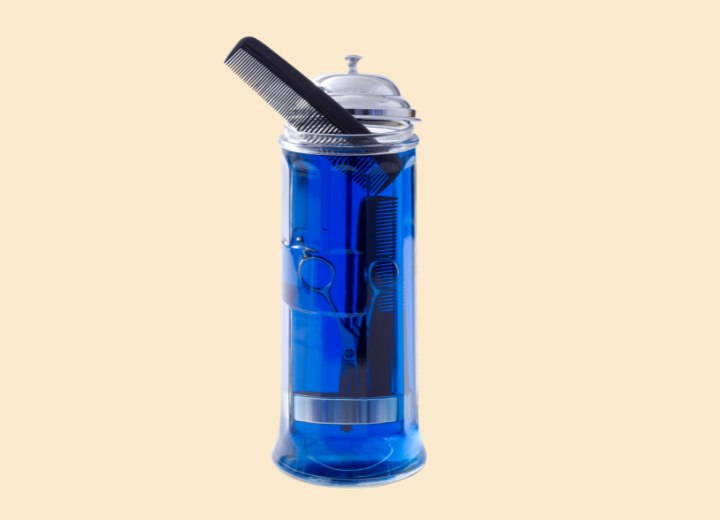Cosmetic Treatment Health Care Warnings

The Morbidity and Mortality Weekly Report published by the Centers for Disease Control and Prevention reported an outbreak that was first recognized by a physician who had several patients with skin reactions at sites on their bodies where they had received mesotherapy injections. There were health departments in Virginia and the District of Columbia that identified 16 patients with similar reactions. All of the patients were linked to a single, unlicensed provider.
The practitioner told the patients that he was a physician from Colombia, but it was discovered that he was not licensed to practice medicine in Virginia, Maryland, or the District of Columbia. Tests of the infected tissues showed colonies of a microbe in the same family as the organism that causes TB, and subcutaneous tissues showed evidence of fat necrosis and inflammation.
Fourteen patients recalled that the practitioner who administered the shots failed to follow safe-injection practices, such as washing his hands, wearing gloves, or preparing the skin with an antiseptic. Several remembered that he had used a multi-dose vial.
This illustrates the need for us to be aware of at least the basic sanitation procedures and sterilization protocols when we go for any cosmetic procedure. Whenever you encounter a situation in a salon or clinic and you feel the slightest bit unsure as to whether something is sterile or not, you have a right and a responsibility to yourself to call a halt before you risk an infection.

There is an increasing number of what's known as "booth spas" appearing in shopping malls. These "spas" offer facials, waxing services, and eyebrow tweezing, as well as nail services. The hazard in these types of places is that there is seldom any facility for hot running water so that the employees can wash their hands, or properly clean the utensils and implements, etc.
Most countries, states, and provinces have laws regulating the operation of salons and similar establishments. The laws may vary, but all generally require the availability of hot water to provide adequate sanitation.
This isn't to say that all such places are unsanitary, or that they are operating outside of the legal requirements. But you should be cautious about where you go to get cosmetic services. Many infections and diseases are easily communicable if sanitary guidelines aren’t followed. If you’re ever in doubt as to the sanitary conditions of a location, steer clear. It’s better to be safe than sorry.
Warning Signs of Improper Sanitation:
In an effort to help you spot the warning signs and protect yourself against potential infections, here are some things to look out for when at a salon or spa:
In the Salon (or Nail Salon):

The proper procedure for sanitation is that tools are supposed to be cleaned thoroughly with hot water and detergent, rinsed completely and then placed in the sanitizer for at least ten minutes for sanitization. If the liquid in the jar is cloudy or otherwise dirty, then you can be sure that the tools inside it aren't clean either.
Continue reading ...